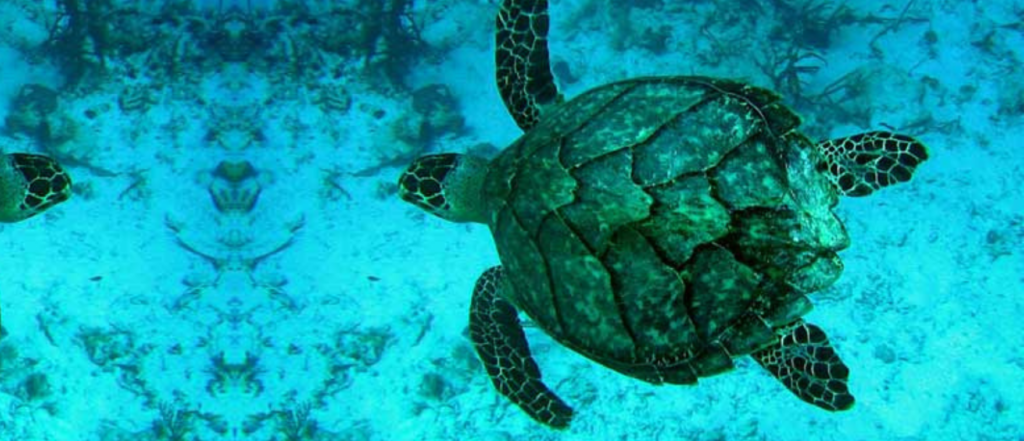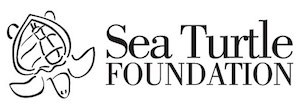Conservation Status
IUCN Listing
CRITICALLY ENDANGERED IUCN Red List of Threatened Species 2015
Australian Government
VULNERABLE
Environment Protection and Biodiversity Conservation Act 1999
Queensland
VULNERABLE
Nature Conservation Act 1992
Western Australia
VULNERABLE
Wildlife Conservation Act 1950
HAWKSBILL TURTLE (ERETMOCHELYS IMBRICATA)
Hawksbill sea turtles have a very wide range, extending throughout the tropical and subtropical regions of the world. They can be found in tropical waters of the Atlantic, Pacific and Indian Oceans, making them the most tropical species in the world. In Australia, they can be found in the warm, temperate waters of Queensland all the way south to northern NSW. Hawksbills prefer tidal and sub-tidal coral and rocky reef habitats, and do not normally dive deeper than 21 m.
Hawksbill turtles are most known for the beak-like mouth that resembles that of a hawk, giving them their name. They are also recognisable for the distinct overlapping skutes (scales) and starburst pattern they have on their carapace, which has a serrated edge. The carapace colour ranges from dark to golden brown with orange, red and black streaks. The carapace is heart-shaped during their juvenile stage, but this elongates as they grow older.
Adult hawksbills weigh around 50 kg and grow to around 83cm.
There are two major breeding areas in Australia, the Northern Great Barrier Reef and the north-west shelf of Western Australia. They breed throughout the year, with the peak of the season occurring between January and February in the Northern Great Barrier Reef. The Western Australia season is not completely known.
Hawksbills are an omnivorous species feeding mainly on sponges and play a caretaker role on coral reefs. By eating sponges, they make room for more corals to settle and stop sponges from being overgrown and taking over reefs. Not many animals can eat sponges and as such, hawksbills may play a significant role in coral reef growth, a role that is under threat as the numbers of hawksbills decline.

Main Threats
Hawksbills are hunted in many parts of the world for their shell, which is the source of the substance known as “tortoiseshell”. International trade of tortoiseshell is illegal but the shell continues to be used to make jewellery and other decorative items and hunting remains a huge threat to their populations. Other threats to hawksbills include collection of their eggs, other human impacts on nesting beaches, climate change and being killed as by-catch from fishing industries. Recent research suggests that the Queensland population of hawksbills is declining at a worrying rate.
Further Information
https://www.ehp.qld.gov.au/wildlife/animals-az/hawksbill_turtle.html

